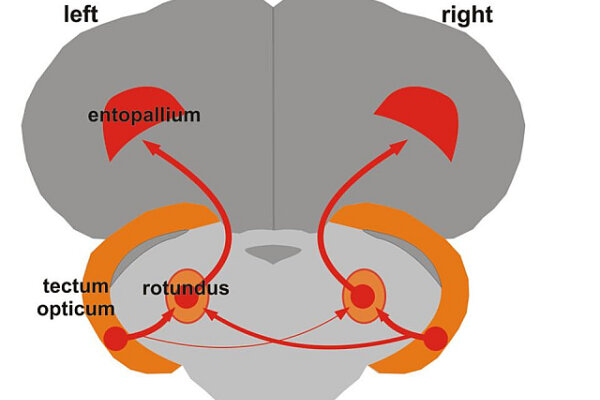2012-01-26

Hemispheric asymmetries play an important role in almost all cognitive functions. For more than a century, they were considered to be uniquely human but now an increasing number of findings in all vertebrate classes make it likely that we inherited our asymmetries from common ancestors. In a new review article in Frontiers in Comparative Psychology, IKN researchers explain how studying animal models could provide unique insights into the mechanisms of lateralization. Three avenues of research are outlined by providing an overview of experiments on left-right differences in the connectivity of sensory systems, the embryonic determinants of brain asymmetries, and the genetics of lateralization. All these lines of studies could provide a wealth of insights into human asymmetries that should and will be exploited by future analyses.

Hemispheric asymmetries play an important role in almost all cognitive functions. For more than a century, they were considered to be uniquely human but now an increasing number of findings in all vertebrate classes make it likely that we inherited our asymmetries from common ancestors. In a new review article in Frontiers in Comparative Psychology, IKN researchers explain how studying animal models could provide unique insights into the mechanisms of lateralization. Three avenues of research are outlined by providing an overview of experiments on left-right differences in the connectivity of sensory systems, the embryonic determinants of brain asymmetries, and the genetics of lateralization. All these lines of studies could provide a wealth of insights into human asymmetries that should and will be exploited by future analyses.